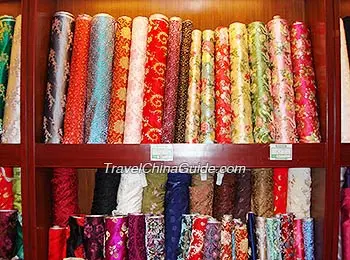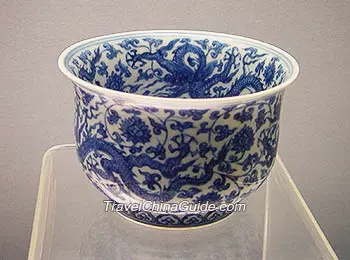Southern Silk Road
More than 2,000 years ago, people in the southwest of China had traded between Chengdu, China with India. The trade route, about 2,000 kilometers (1,243 miles) long, well-known for its silk trade, was dubbed the 'Southern Silk Road' by historians. Similar to the Silk Road, the Southern Silk Road contributed much to the cultural change between China and the West.
 |
| Fine Silk |
The Southern Silk Road was mainly composed of West Route (Maoniu Route) and East Route (Wuchi Route). The West Route originated from Chengdu, wandered through Sichuan Province via Ya'an City, Maoniu (Hanyuan), Qiongdu (Xichang), and took traders to Myanmar (Burma) by way of Dali, Baoshan and Tengchong. Then its ancient trade route extended through to Juandu (India), Bangladesh and even Middle East. The East Route was very narrow and had only five-feet wide, so it was also called 'Wuchi Route'. It began from Chengdu, passed through Yibin, Zhaotong, Qujing and reached Kunming, where one branched road went to Vietnam and the other one wound to Dali, joining the West Route.
 |
| Blue and White Porcelain |
Traders found steep and high mountains in the southwest region of China extremely challenging to negotiate. In order to overcome difficulties, clever ancient people built characteristic bridges and plank roads along cliffs by perforating holes on mountains. Even now people can found the holes left on the sheer cliffs.
Various goods like silks, bullions, irons, ivories, cubiloses, pearls, seashells and ambers traversed the route regularly. Many boomtowns sprang up like mushrooms and some cities became important commercial centers. In the eighth century AD, Dali was not only the political, economic and cultural center of Yunnan Province, but also the largest trade crossroad on the Southern Silk Road. In addition, the road built a bridge for cultural exchanges between China and India. Buddhism from India had a long-lasting influence on southwest regions of China by gaining many local converts.